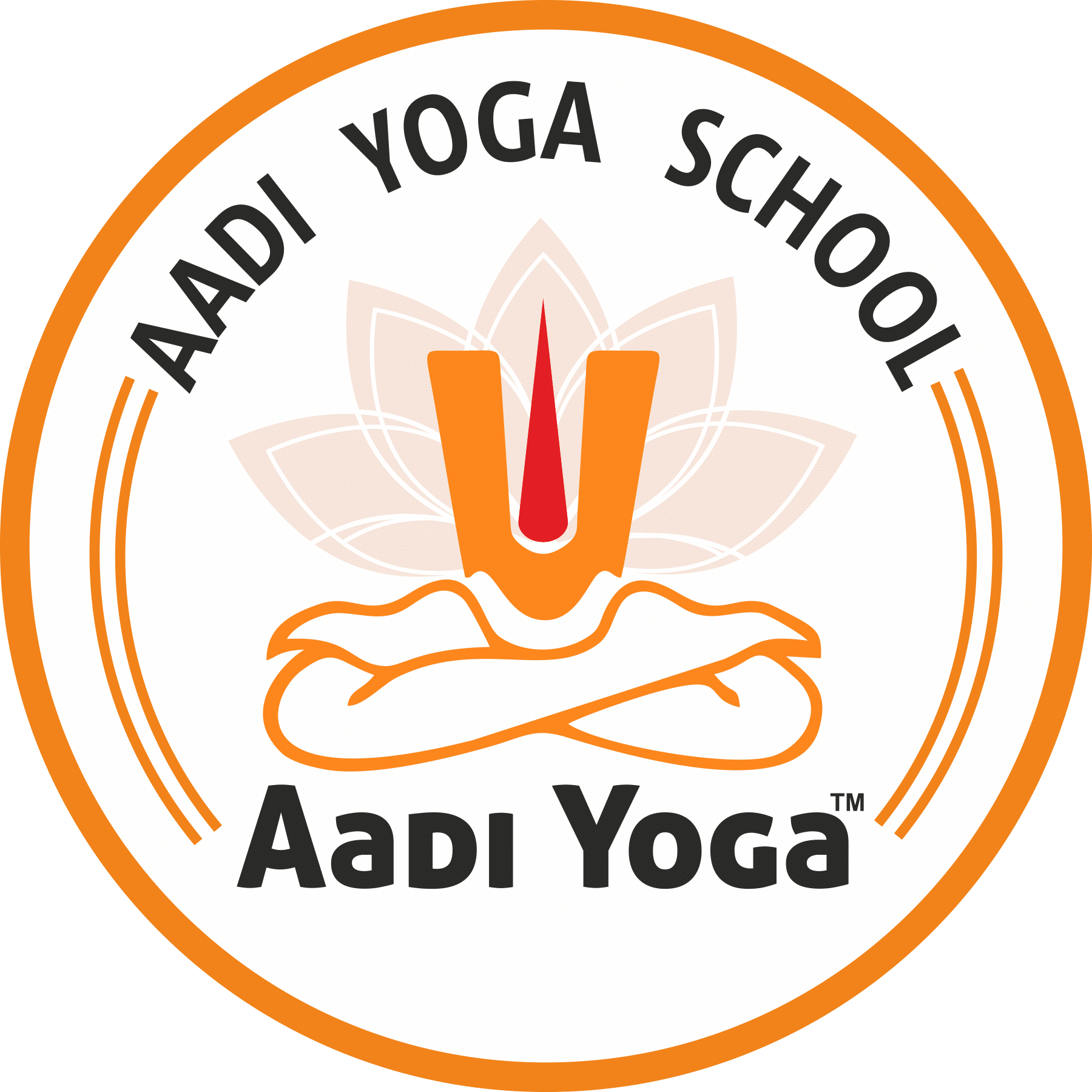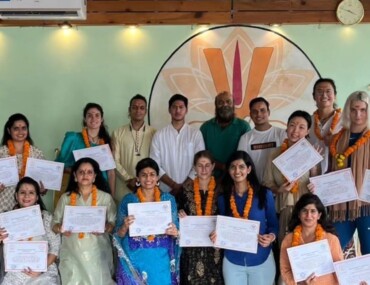With so many training options available, how do you even begin to choose which programme is perfect for you? How can you tell if the one in which you’ll be investing a few thousand dollars and at least dedicated hours of your time will pay off by getting the benefits of online 300-hour yoga teacher training?
This article is for you if you’re unsure about your alternatives. This checklist of considerations was created to assist you in narrowing down your search for programmes that best suit you and your lifestyle as it contains the best course of Yoga in India.
1. Ensure that your training is up to date
The Aadi Yoga School, as the world’s regulating body for yoga, has set the bar for what should be included in a well-designed teacher training programme.
If you wish to teach yoga in the future, make sure the programme you choose is certified by the Aadi Yoga School; otherwise, you won’t be covered by insurance.
I know it doesn’t feel very yogic, but insurance is a part of the world we live in, and it’s vital to remember while you’re looking for a programme.
I’m not arguing that attending a non-Aadi Yoga School certified programme is a bad idea—there are many fantastic non-accredited pieces of training out there—but you should be aware that your chances of teaching and instructing safely may be harmed if you ignore this accreditation.
2. Pick Hours That Work for You:
For some people, completely removing themselves from their daily lives and attending a retreat-style yoga teacher training is considerably more helpful for learning. Others find that doing their training in their hometown on evenings and weekends is the most convenient option.
Before you sign up for something, you should think about it. If you know that life is going to distract you from your studies, you should probably get out of there.
If you know you require time away from the classroom to process information, perhaps taking your teacher training course over a longer length of time, with breaks in between sessions, will be more beneficial to you.
Consider your learning style and how much life will serve as a distraction from your studies. You’ll have a better sense of what kind of training will be most beneficial to you after that.
3. Examine How Anatomy Is Taught:
This is a significant issue. Make sure your yoga teacher training courses has a solid anatomical component. I’d even advise you to look into what the instructor of the programme you’re considering has to teach that section.
When you’re trying to remember all the Sanskrit names for poses or figuring out how to sequence properly, anatomy may not seem like a significant concern.
Still, having a strong understanding of human anatomy will not only allow you to tailor your practice to your unique body, but it will also allow you to bring much more awareness to your teaching in both public and private courses.
Knowing your anatomy will pay you in the long term, so make sure it’s highlighted throughout your curriculum.
4. Research the Program’s Past:
Investigate the background of the company with whom you are considering completing your training.
Some companies have been around for a long time, providing teacher training for years, and have a lot of expertise delivering high-quality programmes.
However, putting together a teacher training programme is not difficult. Moreover, just because a programme is approved by the Aadi Yoga School does not guarantee that it is of high quality.
Do a thorough background investigation on the company unless you have a ‘home’ studio that you know and trust where you are doing your training. Read reviews, talk to people who have completed the programme, and get to know your preferred studio.
5. Examine the Course Syllabus for a Balance of Taught Subjects:
This is my favourite tip: while any Yoga TTC is supposed to devote a minimum amount of hours on subjects like posture labs, anatomy, history, and philosophy, each school will focus on various areas and have its approach.
A spiritually-focused programme is probably not for you if you are truly into the nuts and bolts of yoga asana.
Similarly, if long discussions of the Yoga Sutras pique your attention, a programme that focuses solely on anatomy may leave you feeling uninterested.
Examine the curriculum and, if it is not stated, inquire about the number of hours dedicated to each topic. Choose software that speaks your native tongue.
6. Do some background research on the professors:
Finally, do some research on the teacher trainers with whom you are considering collaborating. Examine how long they’ve been teaching, how long they’ve been training teachers, and even who trained them. This information will help you decide whether or not you wish to work with them.
I’m not suggesting you shouldn’t do your training with an instructor who hasn’t taught for thousands of years.
Some of the best professors I’ve ever worked with were brand new—I’m only advising you to get a sense of who your instructors are.
Take some public classes with the teachers who will be part of your teacher education faculty. Make sure you like and connect with their teaching style.
So, what are your thoughts? Do any of these pointers make deciding on a programme seem less daunting? Is there anything more you’d add to this list if you’ve completed your training?




